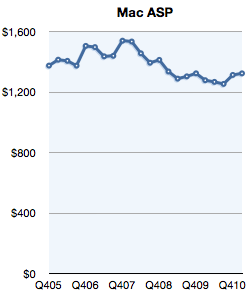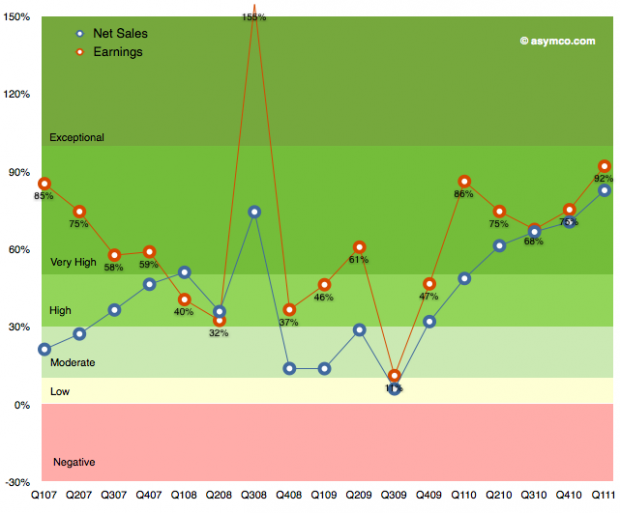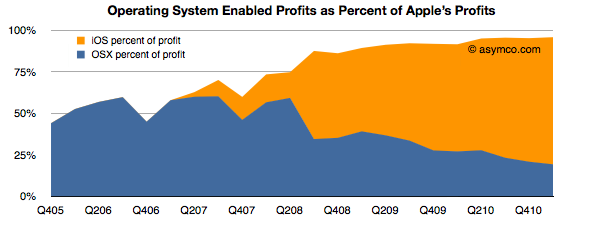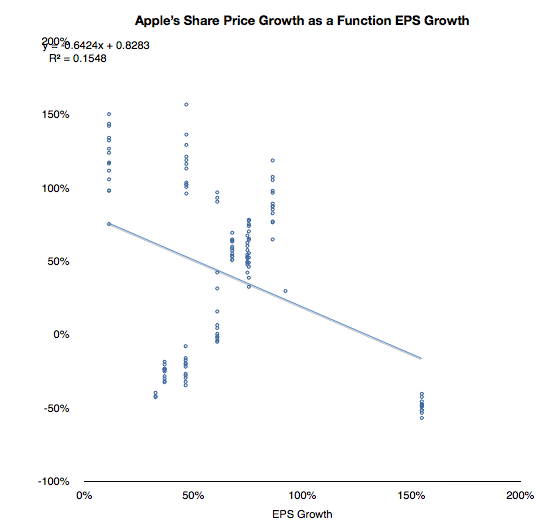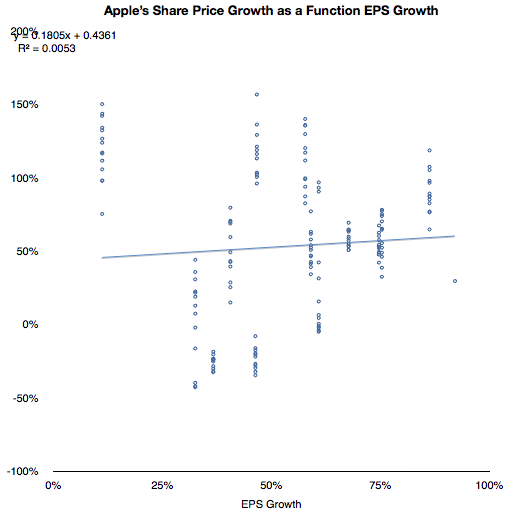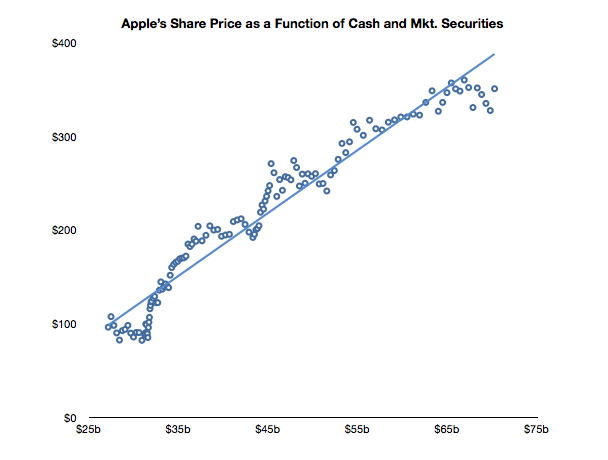Andrian Georgiev, a reporter from the Bulgarian business newspaper “Capital weekly” wrote an article for which he asked me some questions. My answers are below. The article is available here (Bulgarian).
Q: How many tablets will be sold worldwide this year and in 2012?
A: We can only guess the answer. The total will be constrained by parts shortages for 2011, but my estimate [through the end of 2012] is over 100 million. Perhaps even 120 million is possible.
Q: Do you think Amazon is working on a tablet? Could it be a game-changer?
A: If Amazon (or Facebook or Baidu) were to build a tablet the greatest innovation will be in their business models. In other words how they make money. I suspect Amazon’s hardware will be free or nearly free but users will be incentivized to buy content or other goods from Amazon. Similarly for other businesses that will take a hardware product and make it an accessory to their core business. In that regard the “game will change” because hardware will conform to “the application” above it. In other words, that the device will be an accessory to the service, not the other way around.
Q: Why is it so hard for manufacturers to create a tablet that rivals iPad?
A: The iPad is a collection of components. Some are easy to duplicate or to source. This includes memory, microprocessors, communications components. Other components are harder to find and may be expensive once found. This includes the right kind of batteries and the screen. Yet other components are impossible to find or duplicate. That includes software.
—
Some additional thoughts:
The changing of the game may not happen for some time. “Feature tablets” (analogous to feature phones) will however be viable as niche businesses quite soon. I believe “conforming” operating systems will be more popular with tablet makers than with phone makers.

